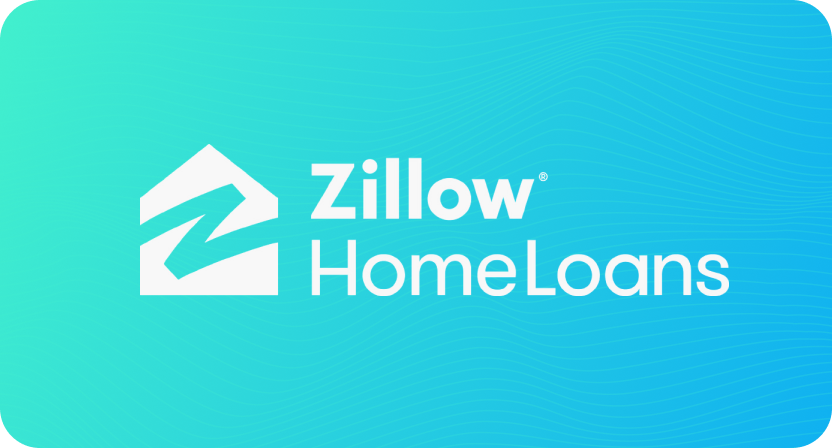Zillow Home Loans Reviews as a Window into Mortgage Market Dynamics
When people search for “Zillow home loans reviews,” they’re usually looking for customer feedback. But the reviews themselves tell a more interesting story: they reveal how a tech platform like Zillow is trying to insert itself into one of the most rigid, regulated, and historically offline industries—the U.S. mortgage market.
Zillow built its reputation as a real estate search engine, but the company has spent years experimenting with ways to “move downstream” in the home-buying process. First it tried iBuying (purchasing homes directly), and more recently it has doubled down on mortgages through Zillow Home Loans. In theory, the integration is straightforward: if users are already searching for homes on Zillow, why not also offer financing? In practice, though, the mortgage experience is shaped less by software interfaces than by the plumbing of underwriting, compliance, and secondary markets.
Reviews highlight this tension. Some customers praise Zillow for a smoother, app-driven loan process; others complain about delays or underwriting hurdles that feel indistinguishable from traditional banks. This suggests that the “Zillow experience” is still constrained by the same infrastructure as everyone else: Fannie Mae and Freddie Mac requirements, loan officers balancing compliance with customer service, and rate competition driven by the bond market. Unlike search or advertising, where Zillow controlled the interface, here they are operating inside a system where regulatory constraints and capital markets define the baseline experience.
From a systems perspective, Zillow’s reviews are less about customer satisfaction and more about the limits of platform integration in finance. Even with a tech-forward approach, the hard problem isn’t UI—it’s the fact that mortgages remain a standardized, heavily intermediated product. In that sense, Zillow’s home loan reviews are a kind of user-level dataset about how far consumer-facing platforms can reshape highly regulated financial services, and where the system pushes back.


Comments
Post a Comment